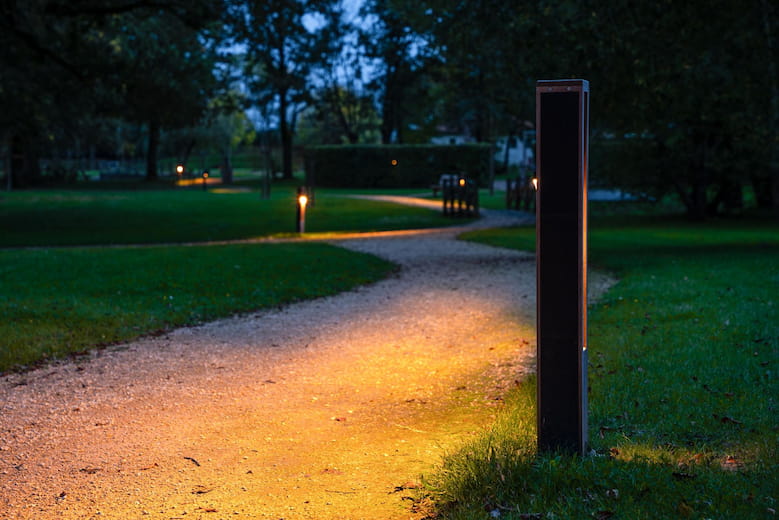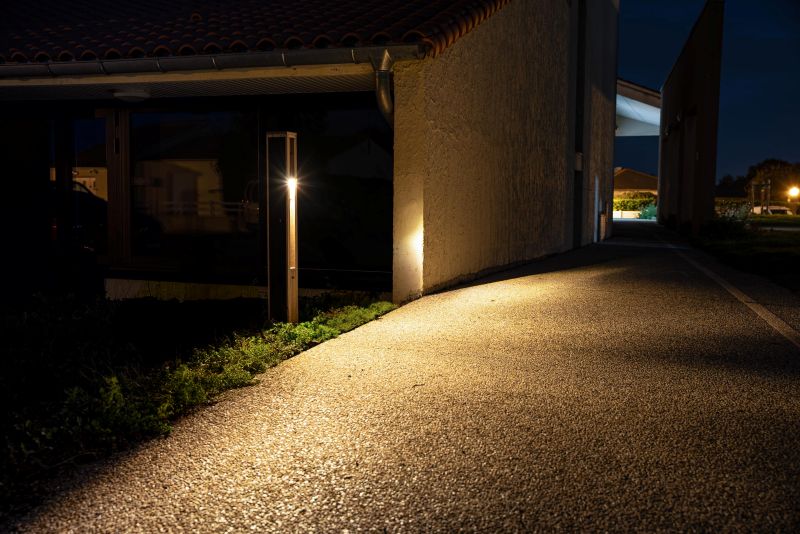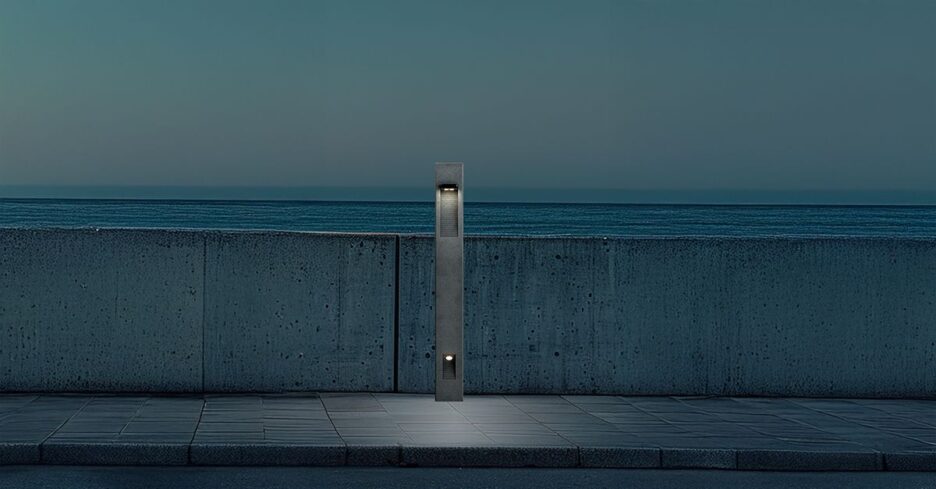Lighting as a Path to LEED
For developers, architects, and municipalities pursuing LEED certification, every design choice matters. From materials to mechanical systems, each component contributes to the overall sustainability story of a project. One area often overlooked, however, is outdoor lighting.
Lighting doesn’t just affect visibility after dark—it influences energy demand, site ecology, and the long-term footprint of a development. Traditional wired systems consume electricity, disrupt landscapes with trenching, and add to maintenance burdens over time.
Nowatt solar bollard lights provide a smarter path forward. As part of its architectural-grade solar lighting portfolio, Nowatt delivers off-grid, recyclable, and dark-sky compliant solutions that align seamlessly with LEED priorities. By combining performance with sustainability, these fixtures not only improve site safety and usability but also support the credits that move projects closer to certification.
Table of Contents
Understanding LEED and Its Lighting Criteria
LEED (Leadership in Energy and Environmental Design) certification is the most recognized benchmark for sustainable building worldwide. Projects earn certification by accumulating credits across categories that measure environmental performance, resource efficiency, and occupant wellbeing.
Outdoor lighting plays a meaningful role in this process. While it may seem like a small detail compared to HVAC or building envelopes, lighting impacts several LEED credit categories:
- Energy & Atmosphere — reducing energy use through efficient or renewable systems
- Sustainable Sites — minimizing light pollution and environmental disruption
- Materials & Resources — using products with recyclable components and long lifecycles
- Innovation — integrating advanced, design-forward sustainable solutions
Too often, traditional grid-tied lighting undermines these goals by consuming electricity, requiring trenching that disturbs landscapes, and adding long-term maintenance costs.
Nowatt solar bollard lights directly address these challenges. By operating off-grid, using recyclable materials, and complying with dark-sky standards, they help projects gain points across multiple LEED categories while enhancing the quality and safety of the site.

How Solar Bollard Lights Support LEED Goals
Nowatt solar bollard lights go beyond functional illumination. Their design and performance directly align with LEED categories, helping project teams demonstrate measurable sustainability improvements.
Key contributions include:
Energy & Atmosphere
- Off-grid operation means zero electricity consumption from the utility grid.
- Self-powered performance reduces overall building energy demand.
Sustainable Sites
- Dark-sky compliant optics minimize glare and light pollution, protecting local ecosystems.
- Trench-free installation avoids disruption to soils, roots, and existing landscapes.
Materials & Resources
- Built with recyclable components, including highly recyclable NiMH batteries.
- Long service life reduces material turnover and waste.
Innovation
- Demonstrates advanced sustainable lighting strategies that extend beyond conventional solutions.
- Contributes to resilience planning by delivering light even during grid outages.
By installing Nowatt, developers and designers aren’t just adding lighting—they’re integrating a multi-credit sustainability asset that reinforces their project’s LEED performance while delivering long-term community benefits.

Benefits Across Projects and Communities
Sustainability is no longer a niche priority—it’s a core requirement for modern developments. Choosing Nowatt solar bollard lights brings benefits that extend well beyond illumination, supporting LEED certification while improving the long-term value of a site.
Key advantages include:
- Simplified delivery — trench-free, off-grid systems reduce installation time and avoid disruption to existing pavement or landscaping
- Lower lifetime costs — no utility bills, minimal maintenance, and long service life
- Design-forward integration — architectural finishes and low-profile forms enhance both modern and heritage environments
- Measurable sustainability impact — zero operating emissions, recyclable components, and dark-sky compliance align with LEED priorities and community goals
- Resilience and reliability — lighting that continues to perform during outages or storms, ensuring safety year-round
By integrating Nowatt, project teams gain a solution that advances certification targets, supports operational efficiency, and enhances the overall user experience—making it easier to design spaces that are safe, sustainable, and future-ready.
Lighting the Way to Certification
Earning LEED certification requires careful alignment of every design element with sustainability goals. Outdoor lighting, while sometimes overlooked, can make a measurable difference. By reducing energy demand, preserving the night environment, and minimizing site disruption, lighting contributes to both the technical requirements and the broader spirit of certification.
Nowatt solar bollard lights embody these principles. With their off-grid performance, recyclable design, and dark-sky compliance, they provide a lighting solution that strengthens safety and usability while directly supporting LEED categories. Just as important, they help teams demonstrate leadership—showing that sustainability and design excellence can coexist.
Whether for a campus, retail development, or civic space, Nowatt makes it simpler to move projects closer to green certification while building safer, smarter, and more resilient environments.
Connect with Fonroche today to learn how Nowatt solar bollard lights can support your LEED goals and enhance your next sustainable project.

